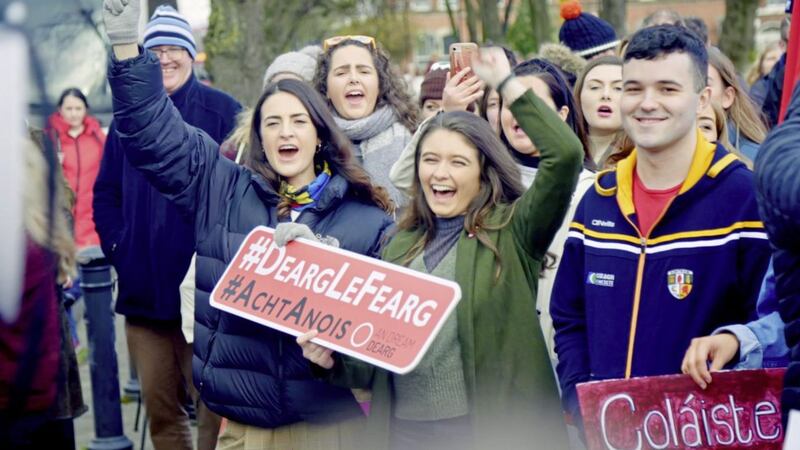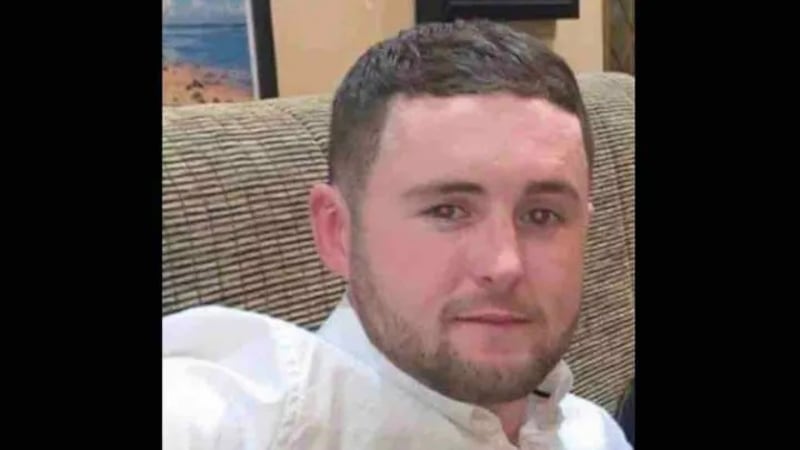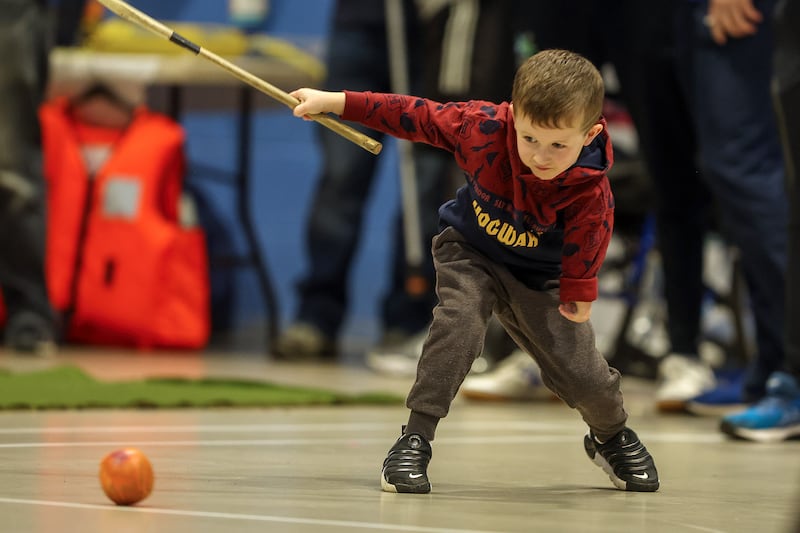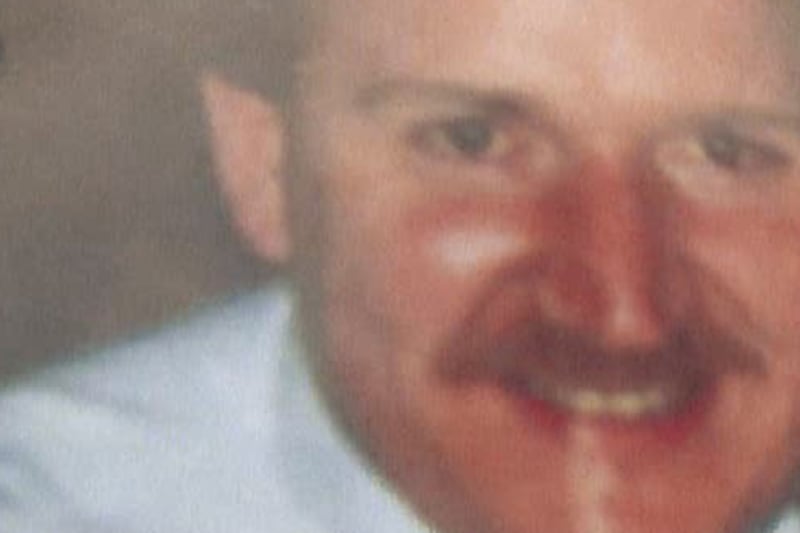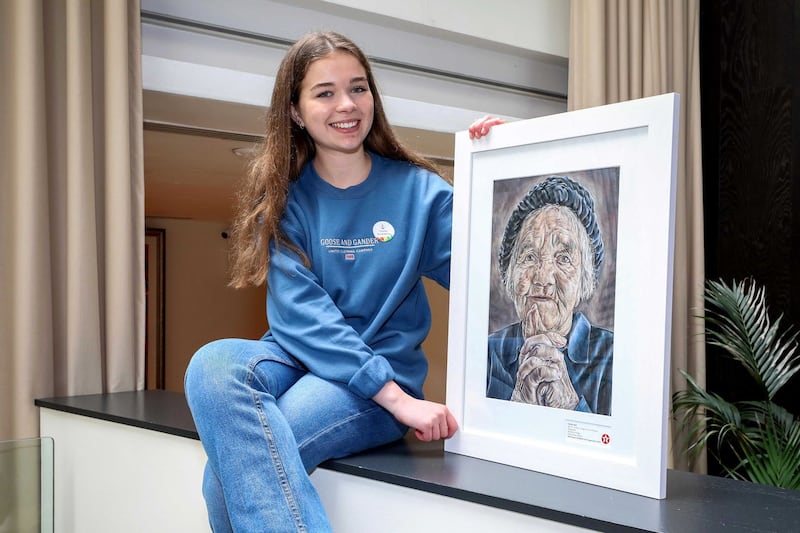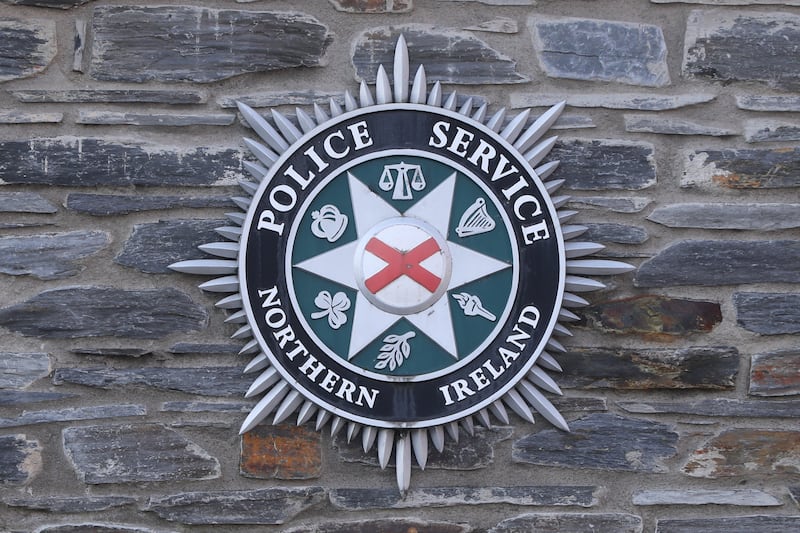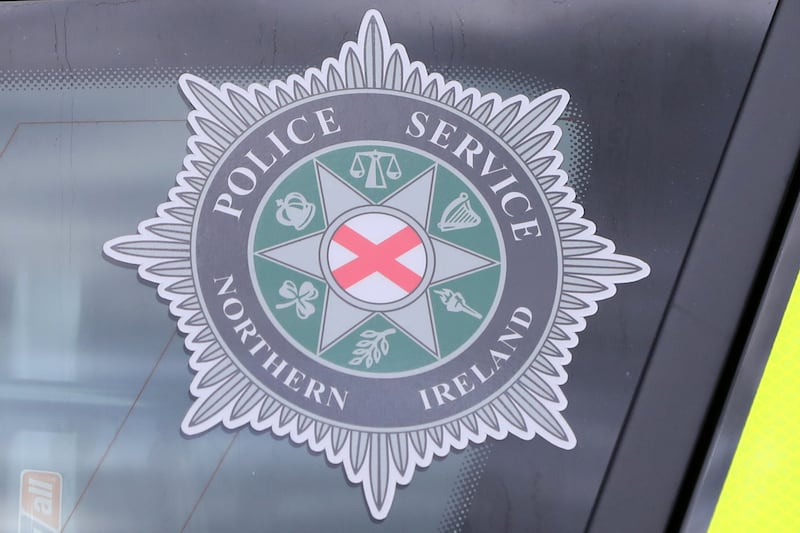NORTHERN Ireland’s Irish speaking community and the rise of urban Gaeltachts is the subject of a new documentary to be broadcast next week.
The experiences and memories of the Gaeilgeoirí of Belfast’s Bóthar Seoighe (Shaw’s Road) and An Dream Dearg will feature in the programme fronted by Dublin poet and writer Ciara Ní É.
It also features GAA analyst and former All-Ireland winner Colm O'Rourke.
[ READ MORE: Donegal-based Belfast author launches lockdown writing competitionOpens in new window ]
An Dream Dearg (literally 'the red crowd') is a campaign movement which demands greater respect for Irish and Irish speakers.
It takes its name from the phrase “dearg le fearg” (red with rage) which emerged in opposition to the scrapping of a small Gaeltacht scholarship by former DUP minister Paul Givan.
Since the Líofa scheme was re-instated, An Dream Dearg has led a campaign for an Irish Language Act.
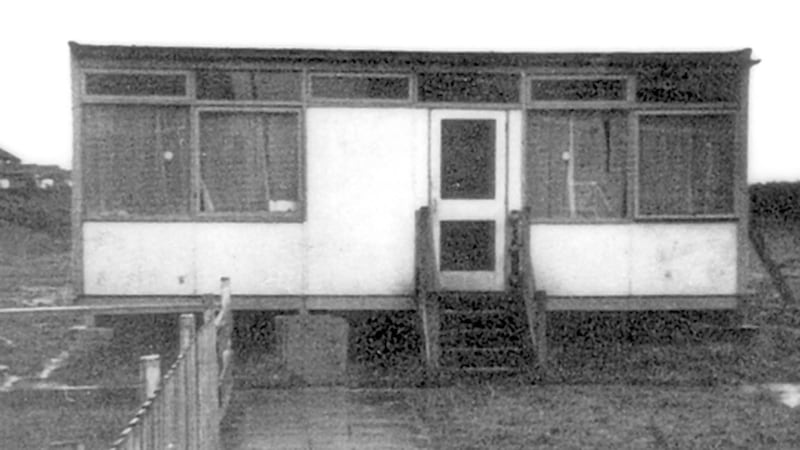
The Belfast Gaeltacht emerged in the late 1960s as an Irish speaking area on Shaw’s Road, surrounding a new Irish medium school.
Unlike the traditional Irish speaking areas of west Donegal, Connemara and west Kerry, it was an urban Gaeltacht community.
In recent years the Irish language has enjoyed a renaissance away from the traditional Gaeltacht and there is evidence of growing pride among young Irish people all over the world for their native language.
This has manifested itself in the development of “pop-up Gaeltachts”.
Founded by Osgur Ó Ciaradha and Peadar Ó Caomhánaigh, the aim of the movement is to take away any stigma surrounding the Irish language and normalise the speaking of Irish – at whatever standard – through organised social occasions.
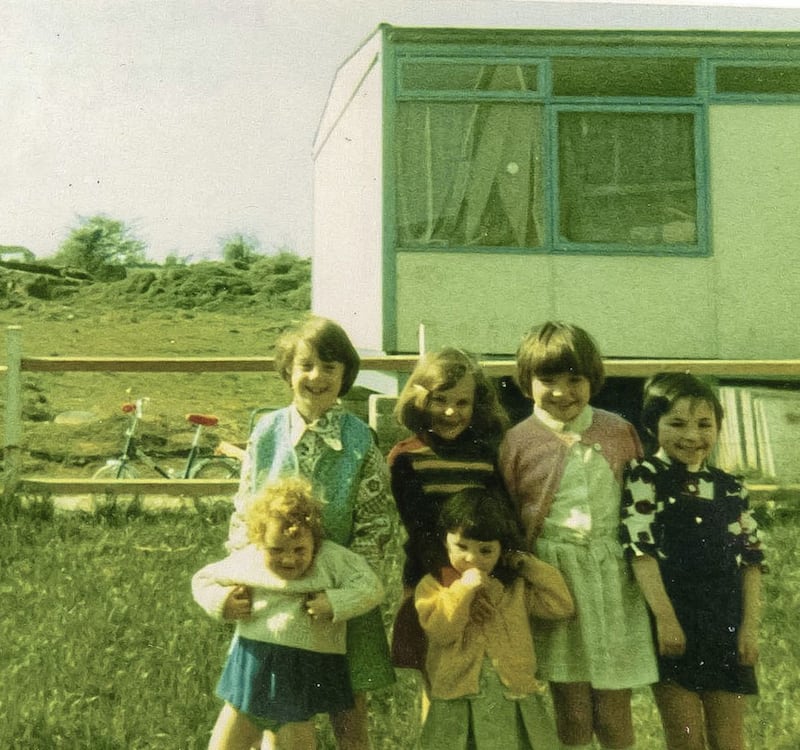
By bringing the language into mainstream discourse, Mr Ó Caomhanaigh said it has created a “Gaeltacht-style atmosphere” in all Ireland’s main cities.
Ms Ní É, presenter of next week’s TG4 documentary Saol trí Gaeilge ('Life through Irish'), is herself a product of the new urbanisation of Irish.
From Clontarf, she was not from a traditional Irish-speaking family background but has become one of the most accomplished writers and poets in modern Irish.
She said the documentary would examine the transformation of the Irish language community outside the west of Ireland Gaeltacht communities.
It would look at a community “losing the shackles of the past” as they create a modern role and identity.
“Up until the 1970s, the relationship between the state and the Irish language speaker outside the Gaeltacht had always been a strange one, a relationship of mere acceptance rather than devotion,” she said.
Produced by Aniar TV for TG4, Saol trí Gaeilge will be broadcast on Wednesday May 6 (9.30pm)
